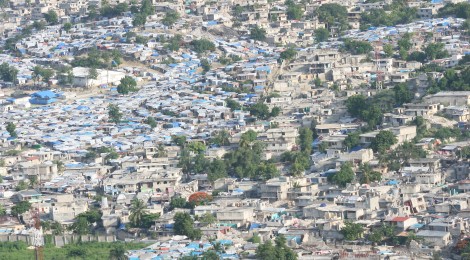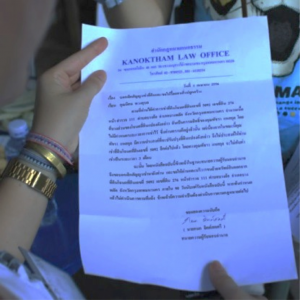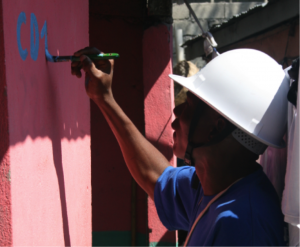
Beyond “land issues…” PART 1
Earlier on this year, in the first class of a module I took on urban housing, land and property rights we were each asked what we hoped to get from the course. My response was simple and honest but got a bit of a giggle from my classmates – I said that I didn’t want to be a person who says “land issues…” and shrugs, as if a) that is sufficient depth of understanding of the issues at hand, and b) these issues are utterly impenetrable, leaving us paralysed as to how to move forward (which are things that I fear may happen all too often). And so, here’s to a bit more unpacking and a little less shrugging when it comes to “land issues…”!
A hot topic in the shelter sector these days, housing, land and property rights (HLP) are integral to risk reduction, response and recovery. De Soto writes that “for anyone committed to the ‘sustainability’ of reconstruction reforms… reforming the legal system so that it protects and empowers the poor majority is essential. As devastating as they always will be, neither hurricanes nor tsunamis can destroy the hidden infrastructure of the rule of law” (de Soto 2010: ix).
Meanwhile, Levine highlights that: “Humanitarian responses in turn can have an impact on housing, land and property rights in the longer term by encouraging certain settlement patterns, supporting (or not supporting) resettlement, encouraging certain claims to land, giving de facto legitimacy to land claims and supporting, bypassing or undermining the institutions involved in land tenure. Understanding the relationship between humanitarian response and these rights is therefore crucial.” (Levine 2012: 5)
Issues around HLP can be incredibly complex and hugely political. The theme of the last UK Shelter Forum was HLP, providing a space for shelter practitioners to come together to share initiatives and experiences, and to discuss tough questions relating to this topic.
Following the Forum, Fiona Kelling and I wrote a briefing note to summarise the discussions and frame them within current HLP discourses. The paper can be found here if you fancy having a look, and the three themes below begin to give the gist of it…
AIMS – We asked what is it that we as a sector or as organisations are trying to achieve through engaging with housing, land and property rights and how far can we go as humanitarian actors?
Is HLP addressed for example as a means to access land for shelter construction? Or is it considered as part of a larger question related to disaster risk reduction, resilience, or even social and spatial justice? What is the role and restrictions of humanitarian organisations engaging in this?
Aims may differ according to organisation’s mandates, resources and capacities, but must be clear and understood as being part of broader visions and actions that stretch beyond humanitarian timeframes and mandates.
APPROACHES – Much was discussed around different approaches to address HLP. For me, the overriding theme that came through these discussions was that there is a huge amount of HLP experience in the development sector – for example in relation to advocating for rights, strategies for incrementally increasing security of tenure, participatory enumeration processes etc. This wealth of knowledge urgently needs to be learnt from to avoid too much re-invention of the wheel in the humanitarian sector.
SECTORAL CAPACITY – This was discussed in relation to links with protection, and technical guidelines, but a more fundamental question is in regard to the amount of individuals with specific land expertise. Levine noted that “the Haiti response showed that the capacity available was nowhere near enough” (Levine 2012: 5). While there are many initiatives for increasing the HLP knowledge of shelter practitioners, the low number of HLP specific experts is a clear gap, so what can be done to increase the number of HLP specialists working in humanitarian response and recovery?
Moving conversations forward-
While working through all of this following the UK Shelter Forum, Fiona and I started to develop a diagram to put some of these ideas together and to look at the relationships between actions that can happen at an early stage after a disaster and their longer-term potential impacts. This will be discussed further in Part 2 of this blog coming soon – so watch this space!
References:
de Soto H, 2010. Preface. In: Lizarralde G, Johnson C and Davidson C eds., 2010. Rebuilding after disaster: From Emergency to Sustainability. New York: Spon Press.
Levine S, Bailey S, Boyer B and Mehu S, 2012. Avoiding reality: Land, institutions and humanitarian action in post-earthquake Haiti.










